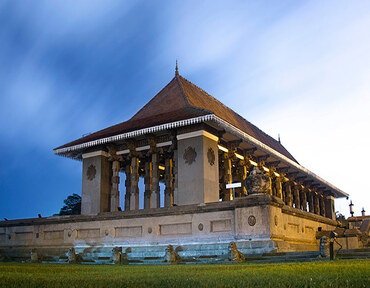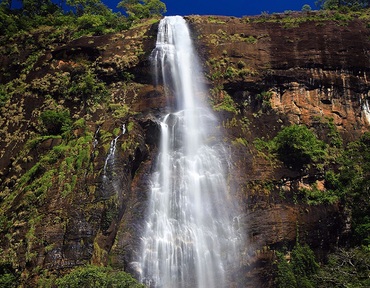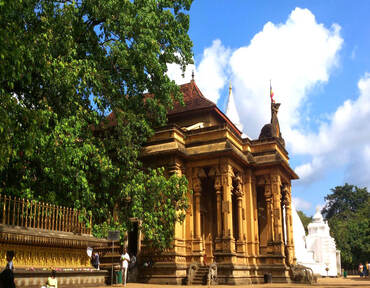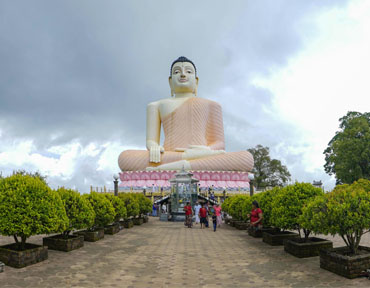


The Arcade Independence Square is a shopping complex in the city of Colombo in Sri Lanka, housed in a group of renovated buildings including the former Jawatta Lunatic Asylum (later known as the Auditor General's building) and the former Western Provincial Council Building. It was built as a part of the Independence Square Redevelopment programme initiated by the Sri Lankan Government. The building was constructed in 1889 at a cost of Rs 450,000. In 2012, the Urban Development Authority commenced the renovation of the buildings and special care was taken to preserve their original architectural features whilst adding modern technological features and amenitie

thrills bliss science

The Kelaniya Raja Maha Vihara or Kelaniya Temple is a Buddhist temple in Kelaniya, Sri Lanka, seven miles from Colombo. Buddhists believe the temple to have been hallowed during the third and final visit of the Lord Buddha to Sri Lanka, eight years after gaining enlightenment. Its history would thus go back to before 500 BCE. The Mahawansa records that the original Stupa at Kelaniya enshrined a gem-studded throne on which the Buddha sat and preached. Kelaniya Raja Maha Vihara has become famous because of the beautiful paintings and sculpture by Solias Mendis depicting various events in the history of Sri Lanka

Kande Vihara, also known as the Mountain Temple, is a significant Buddhist temple situated in the Kalutara District of Sri Lanka. It stands atop a hill near Aluthgama town. Founded in 1734 by Karapagala Dewamitta Thero, the temple has undergone renovations over the years, becoming a major Buddhist shrine in the country. Notably, it houses a 48-meter-tall Samadhi Buddha statue, one of the tallest sitting Buddha statues globally. The temple complex includes a stupa, Bodhi tree, relic chamber, image house, and other devalas. The ancient Bodhi tree here is believed to be over 300 years old.